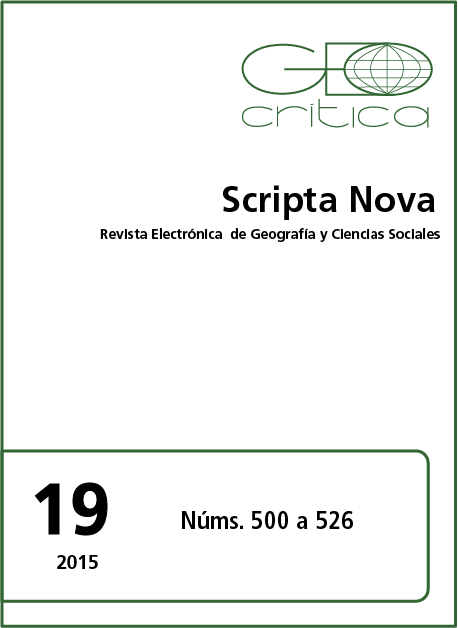Is polycentrism reducing labor mobility? An analysis for the seven largest metropolitan areas in Spain
Keywords:
Polycentrism, labor mobility, metropolitan areaAbstract
In the European context, Spain has a consolidated trajectory in the study of polycentrism; a number of studies have identified, measured and created new methods to identify subcenters. Polycentrism has been widely studied from the morphological and functional perspective, both intra-metropolitan and regional scales. However, little or no attention has been put to the impact of polycentric structures on the efficiency of urbanisation. In this paper, we explore the relationship between polycentricity and labor mobility. Starting from the mobility matrix contained in the Population Census and some previous studies, we have built a series of indicators to measure the incidence of polycentricity on the distances travelled by the working population. In addition, once the structure of the spatial distribution of employment and population has been controlled by the algorithm of M. White 1988, we study, using a statistical model, the relationship between the excess of labor mobility and different urban indicators. The results show that polycentricity effectively reduces mobility, at the time that other obvious urban attributes such as infrastructures (both intended for cars and public transportations) and other planning features, such as the employment to housing ratio and the specialisation in manufacturing, increase it. Conversely, the diversity of housing reduces mobility. These findings show clear implications for urban policies.Downloads
Issue
Section
Articles
License
Los autores que publican en esta revista están de acuerdo con los siguientes términos:
- Los autores conservan los derechos de autoría y otorgan a la revista el derecho de primera publicación, cin la obra disponible simultáneamente bajo una Licéncia de Atribución Compartir igual de Creative Commons que permite compartir la obra con terceros, siempre que estos reconozcan la autoría y la publicación inicial en esta revista.
- Los autores son libres de realizar acuerdos contractuales adicionales independientes para la distribución no exclusiva de la versió de la obra publicada en la revista (com por ejemplo la publicación en un repositorio institucional o en un libro), siempre que se reconozca la publicación inicial en esta revista.





